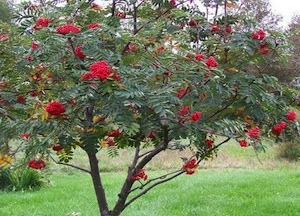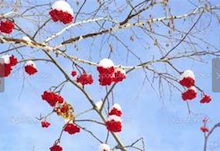 To read the poetry of Séamus Heaney is to stand in a bogland of Ireland gazing at the people and the countryside. There are many facets of his poetry, but what I want to talk about today is the image he presents of the country itself through the words of his poetry.
To read the poetry of Séamus Heaney is to stand in a bogland of Ireland gazing at the people and the countryside. There are many facets of his poetry, but what I want to talk about today is the image he presents of the country itself through the words of his poetry.
Heaney (1939-2013) won the 1995 Nobel Prize for Literature. Since 1966, he has published 13 collections of poetry. Although I’ve never been to Ireland, his words evoke in me powerful images of a land of fathomless layers. Indeed, the fact that the island ‘s center is a deep bogland is one of the central images of his poetry.
from “Bogland”
We have no prairies  To slice a big sun at evening–
To slice a big sun at evening–
Everywhere the eye concedes to
Encroaching horizon,
Is wooed into the cyclops’ eye
Of a tarn. Our unfenced country
Is bog that keeps crusting
Between the sights of the sun. . . .
Only the waterlogged trunks
Of great firs, soft as pulp,
Our pioneers keep striking
Inwards and downwards,
Every layer they strip
Seems camped on before.
The bogholes might be Atlantic seepage.
The wet centre is bottomless.
From those layers of peat, for hundreds of years, workers have stripped layers to build their homes, to burn for heat, to use in hundreds of ways to earn a sustenance living. He writes famously of his father and his grandfather, men who spaded the earth to eke out a living for their families:
from “Digging”
By God, the old man could handle a spade.
Just like his old man.
My grandfather cut more turf in a day
Than any other man on Toner’s bog.
Once I carried him milk in a bottle
Corked sloppily with paper. He straightened up
To drink it, then fell to right away
Nicking and slicing neatly, heaving sods
Over his shoulder, going down and down 
For the good turf. Digging.
The cold smell of potato mould, the squelch and slap
Of soggy peat, the curt cuts of an edge
through living roots awaken in my head.
But I’ve no spade to follow men like them.
Between my finger and my thumb
The squat pen rests.
I’ll dig with it.
A step away from bog are the cliffs and the ocean. He writes movingly of Aran Island, comparing the meeting of shore and sea to the embrace of lovers:
The timeless waves, bright, sifting, broken glass,
Came dazzling around, into the rocks,
Came glinting, sifting from the Americas
To possess Aran. Or did Aran rush
To throw wide arms of rock around a tide
That yielded with an ebb, with a soft crash?
Did sea define the land or land the sea?
Each drew new meaning from the waves’ collision.
Sea broke on land to full identity.
But my favorite images of Heaney are those of the rowan trees and their berries. Here is a fragment from one poem, where the ash berries present a startling image:
from “Song”
A rowan like a lipsticked girl.
Between the by-road and the main road
Alder trees at a wet and dripping distance
Stand off among the rushes.
There are the mud-flowers of dialect
And the immortelles of perfect pitch
And that moment when the bird sings very close
To the music of what happens.
I end with a fragment showing those same bright haws, vivid against the stark background of winter:
from “Exposure”
It is December in Wicklow:
Alders dripping, birches
Inheriting the last light,
The ash tree cold to look at.
Should be visible at sunset,
Those million tons of light 
Like a glimmer of haws and rose-hips . . .





